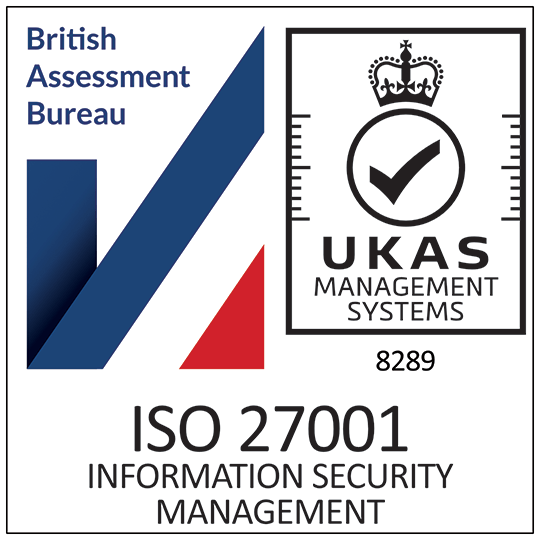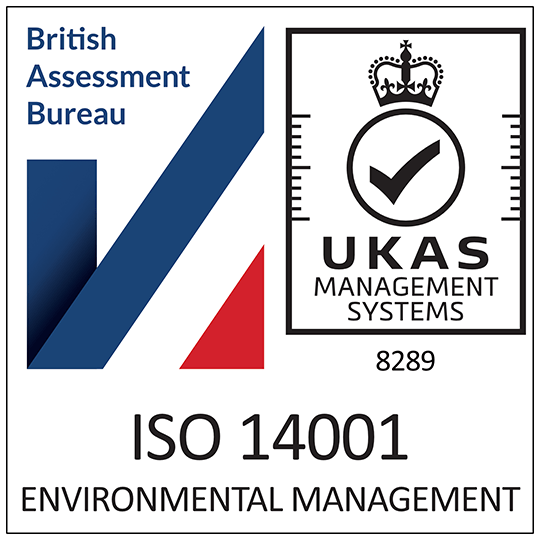Plastic membership cards may indicate who you are, but do they pass muster if you need to prove your name, age or address?
There are a lot of situations where you are required to prove who you are such as opening a bank account, booking tickets or renting a home. There are a number of ways in which to prove you are who you say you are. These include birth certificates, driving licences and passports. But wouldn’t it be simpler to carry one plastic card that takes their place?
We’re used to carrying plastic membership cards for the gym, the DVD rental shop and the supermarket loyalty scheme, but have always reacted badly at the idea of at carrying plastic membership cards that say we’re from the UK.
The UK establishment last issued compulsory ID cards during World War II. Throughout this period, National Registration Identity Cards were required to be carried by everyone over the age of 16 and not carrying them was considered a crime. The scheme was extremely unpopular and eventually abolished in 1952.
The labour government, despite civil liberties concerns and after months of political wrangling, eventually introduced another national identity card scheme in 2008. Initially introduced as a voluntary scheme, the plan was to expand it to cover 80% of the population by 2013. After the 2010 general election, the Coalition government announced that the new plastic ID cards would be scrapped and passed a bill that cancelled out the 15,000 cards already issued.
National identity cards are already issued to the citizens of 24 countries in the European Union with only the UK, Ireland and Denmark demurring. EU citizens use their plastic cards as documents to prove their identity at home and as travel documents to move within the European Union and other non-European Union countries.
In 2012, the government proposed a new and possibly more controversial scheme to introduce another national identity scheme allowing people to use mobile phones and social media profiles for accessing on line public services. Many hope that the Identity Assurance Programme will mean an end to introducing a physical national identity card.
Plastic membership cards will, however, remain essential as company id, access passes or season tickets and with the holder’s photo and details printed thereon will also deter fraudulent use even if they can’t officially prove who you are. Why not contact our team for further details in designing your own plastic cards?




